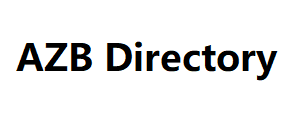It’s February 3, 2013. Inside the Caesars Superdome in New Orleans the San Francisco 49ers and the Baltimore Ravens are playing the Superbowl final. For a few minutes, a blackout has obscured half the lights of the gigantic structure, forcing the most important football match of the season to stop. And it’s not just the interruption of one of the most followed sporting events in the world. With hundreds of millions of people glued to the screen, the Superbowl was an absolutely unmissable opportunity for marketers: the space for the broadcast of a thirty-second advertisement cost 4 million dollars that year. At 8.48pm (3.48am in Italy), in a still suspended atmosphere, Oreo publishes a tweet that is destined to remain in history.
Power out? You can still
Dunk in the dark”, which in italian means: “has the power gone out? You can dunk even in the dark.” the famous biscuit brand owned by. The mondelez international group collected 15,500 retweets in just 14 hours, and the same image of the tweet. Posted on facebook, received 20 thousand likes. Even though that evening almost 10 years ago was not the first time a brand used a real-time Iraq Telegram Number Data approach. Oreo’s tweet still remains one of the most powerful examples of real time marketing ever . And almost certainly the most cited. The washington post wrote that announcements like the. Oreo tweet presupposed a real “leap”, a shift both in the form and in the process of contemporary communication.
On the one hand the lightning
fast process , which was able to happen so fluidly because both 360i, the digital communication agency responsible for managing social channels, and its team German Phone Number List were present in the ” social media command center ” set up in New York. of creatives, marketers and customer management managers, as well as the marketing executives of Mondelez International. On the other hand, the typical form of social networks , which had given exceptional speed to response times through the elimination of intermediaries , i.e. broadcasters (the traditional media that transmit messages according to the typical one-to-many structure).

